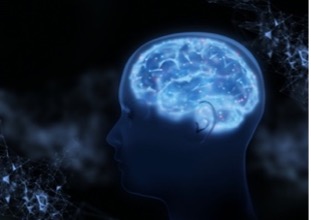Main Theme: Neuromodulation Systems and Surgical Navigation
TECHNOLOGY NUMBER: 5329

OVERVIEW
Real-time targeting system that improves the accuracy and speed of deep brain stimulation (DBS) surgery
- Facilitates successful DBS surgery by generally trained neurosurgeons
- May be useful for the treatment of other central nervous system diseases
BACKGROUND
Millions of people suffer from movement disorders such as essential tremor, dystonia, and Parkinson’s disease. Deep brain stimulation (DBS) of the subthalamic nucleus with periodic high-frequency electric pulse chains is a promising therapy for these disorders. DBS applies electrical stimulation to a targeted small region of the brain via an implanted electrode to block corrupted nerve signals which cause symptoms. While existing surgical systems combine electrical activities measured with microelectrodes and high resolution brain imaging techniques to direct probe placement, the results may be suboptimal due to the technically challenging and subjective nature of the procedure. These imperfections, coupled with lengthy procedure times and relatively high patient risk, have limited the number of neurosurgeons willing and capable of performing DBS. As such, the need exists for an improved means of carrying out DBS surgeries to facilitate wider adoption of the technology.
INNOVATION
Researchers at the University of Michigan have developed a real-time targeting system that improves the accuracy and speed of DBS surgery and allows generally trained neurosurgeons to perform the procedure. The system uses quantitative electrophysiology to update static brain images with an actual microelectrode location and trajectory in the brain to ensure correct placement of a later implanted stimulation probe. As the microelectrode traverses the path toward a physical target in the brain, it receives a plurality of electrophysiological signals whose data is analyzed in real time by a computer algorithm. Not only does the system provide spatial resolution and real-time targeting analysis, it also identifies structural boundaries to define improved spatial accuracy. Beyond treating movement disorders, the technique may be applied in surgeries for brain tumors, seizure disorders, hydrocephalus, neuroendocrine abnormalities, and in the targeted delivery of therapeutic agents.